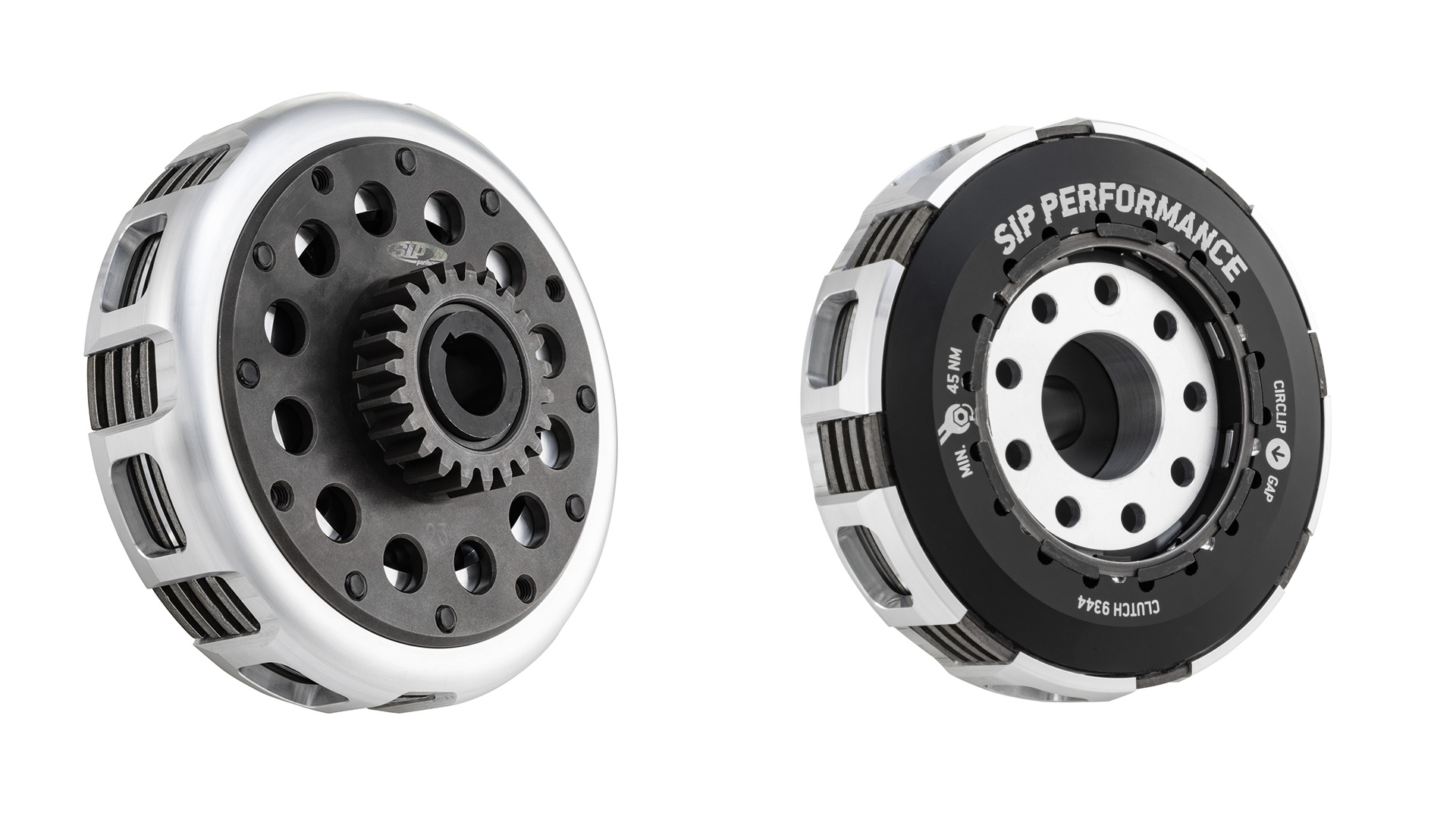Clutch and shift with one hand? – “Yeah right!” This is certainly how many Vespa riders will answer. This peculiarity is hardly imaginable for people who have never had the pleasure of riding a Vespa. To do two actions literally in the blink of an eye and still accelerate elegantly away from the ice cream parlor.
The manual gearshift of the Vespas, which has been tried and tested a million times and is also easy to operate with a little practice – a success story that unfortunately no longer exists.
Sense and purpose of the clutch
The driving force of the crankshaft, which is generated, is transmitted to the gearbox via a wet clutch system, which transfers the power to the rear wheel. A detailed insight can be found in the article “Vespa crankshaft: conversion of motion“.
The clutch has several tasks: First, it separates the drive (the rotating crankshaft) from the transmission, which is important for smooth shifting. As a result, no torque is transmitted to the rear wheel when the clutch lever is pulled and a new gear can be gently engaged. On the other hand, the clutch makes it possible to regulate the transmission of torque when starting off. The driver releases the clutch and regulates the power that is actually transmitted to the rear wheel by pulling the clutch lever.
This generates frictional heat, which is initially stored in the clutch and gradually released into the environment, including the gearbox oil. The advantages of such a wet clutch compared to a dry clutch include better heat dissipation and good protection against external influences such as dirt and water. Small spalling or small broken off parts, which cause considerable damage with a dry clutch, can thus be easily removed at regular intervals during a transmission oil change.
For the right clutch for your Vespa, it is worth a look in the tuning category of SIP Scootershop.
How does the clutch work?
The friction pack consists of alternating internally and externally toothed friction discs. The internally toothed steel discs engage exactly in the hub, against which all discs rest. At the same time, the externally toothed lining discs engage in the basket. A special feature here is the Wideframe Vespas, where the lining discs are also internally toothed.
This friction package of lining discs and separator discs is pressed together by one or more clutch springs to form a compact sandwich. A high pressure ensures that more friction and thus more torque is generated. When the clutch lever is pulled, the force of the springs on the friction pack is cancelled by means of a pressure plate. The toothed friction discs can then move independently of each other and no longer transmit power to the transmission.

Wearing part number 1: The clutch facings
The durability of a clutch depends mainly on two factors. On the one hand, engine performance is decisive. On the other hand, the stress on the clutch is also a major factor in how long a clutch will last.
In the case of an original scooter that has not been tuned, the clutch is usually not subjected to excessive stress. The prerequisite, as mentioned at the beginning, is that the transmission oil is changed regularly.
On the other hand, sprint starts and old, incorrect or insufficient oil bring a clutch to its limits, as do heavily tuned engines.
This often becomes noticeable when the friction discs overheat and the brown cork coating turns black. Whether and how you upgrade your clutch depends primarily on the power and speed level of the engine. In addition, it also depends on how you want to use it. Most lightly tuned engines can still be used with a standard clutch, as long as high-quality individual components are used. For more heavily tuned engines, clutch kits with more friction plates can be used.
This is because each friction pair can transmit the same amount of power. This means that a clutch with six discs can transmit twice as much force as a clutch with three discs, provided that the diameter, lining material and spring force remain the same.
It should be noted, however, that there is greater wear on the clutch basket. Therefore, before tuning measures SchrauberInnen should ideally inquire by phone or in person at the flagship store in Landsberg am Lech at SIP Scootershop, whether and what adjustments are necessary.
For the exchange, a clutch puller (Smallframe) and a castle nut tool (PX and Wideframe) as well as a clutch compressor are strongly recommended. Especially a compressor makes the assembly much easier, because the discs must be under pressure due to the compressed springs and thus cannot be compressed with bare hands. The clutch is a component that can be changed relatively quickly and easily after careful work and correct assembly. Thus, even Vespa mechanics with less experience can do this project.
A replacement is also directly noticeable, namely in the form of a smoother gear change, which makes starting easier and more pleasant. The “Vespa lifestyle” can thus be experienced very smoothly, whether at the traffic lights, in front of the ice cream parlor or in your own driveway.



